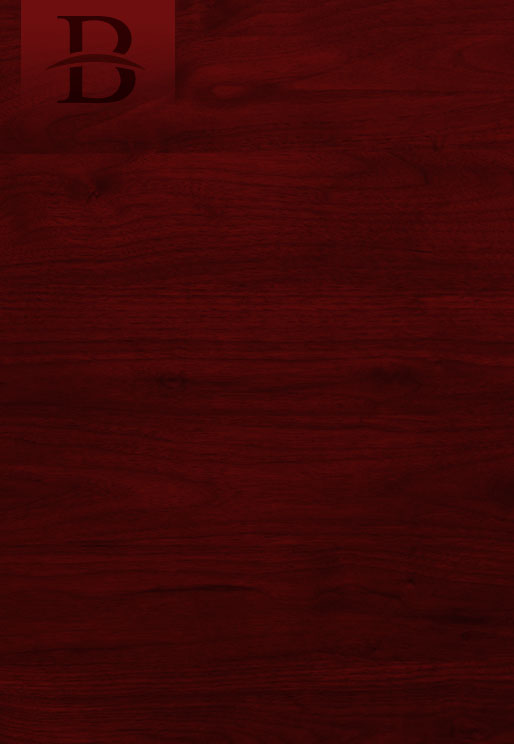The two main types of individual consumer bankruptcy are Chapters 7 and 13. Chapter 7 is a liquidation process that liquidates your non-exempt assets in exchange for the discharge of your debts. You are allowed to claim exemptions to protect certain properties, such as your home and car and other property. In fact, in most chapter 7 cases, people only lose their debts and they don’t lose any property. Chapter 13 is a reorganization bankruptcy that restructures your debts into a manageable repayment plan suited to your monthly income and your reasonable and necessary living expenses which lasts three to five years. Your unsecured debts, like credit card bills and medical expenses, will be discharged 0-100%, but your secured debt could be included in your chapter 13 plan for payment under adjusted terms that are more favorable to you. At Behm Law Group Ltd., our attorneys help you navigate the process of filing for Chapter 7 or 13 bankruptcy. Another filing that can occur is informally referred to as Chapter 20 bankruptcy. Let’s talk about what this actually means for the bankruptcy code in Redwood Falls, MN. To be clear, Chapter 20 is not a separate and distinct chapter of the bankruptcy code like Chapter 7 and Chapter 13. Rather the informal term “Chapter 20” simply refers to a situation where a person first files for Chapter 7 bankruptcy relief and then files for Chapter 13 bankruptcy relief after the Chapter 7 bankruptcy case has ended.
Bankruptcy Code
Chapter 7 bankruptcy has strict eligibility requirements that were written into the U.S. bankruptcy code through the Bankruptcy Abuse Prevention and Consumer Protection Act of 2005 (BAPCPA). In addition to several other changes, the BAPCPA established the Means Test requirement, which measures your debt-to-income ratio.
To qualify for Chapter 7, your household income needs to be at or lower than the state median or average income for a similar sized household. If your income is higher than that median, there may be a basis for you to still file for Chapter 7 but it is more likely that you would have to file for Chapter 13 bankruptcy relief instead.
Chapter 20 bankruptcy happens when individuals file for Chapter 7, discharge all their unsecured debts, like credit cards, medical debts, etc., end their case, and then immediately file for Chapter 13 bankruptcy to cure or pay back a delinquency on the mortgage for their house. The Chapter 20 bankruptcy can have several benefits, but sometimes the bankruptcy court will not approve these cases if it determines that people are using them to game or take advantage of the bankruptcy system.
Benefits of Chapter 20 Bankruptcy
Chapter 20 can help you work through the repayment of priority debts, such as tax debts and child support debts, that were not discharged in your chapter 7 bankruptcy case. So, presume that you had $20,000 of tax debt that was not discharged in your chapter 7 bankruptcy case. After your chapter 7 case ended, you could file a chapter 13 case and pay that tax debt through a chapter 13 plan over 36 to 60 months. The filing of a chapter 13 case after a chapter 7 case has concluded, can have benefits for your secured debts such as vehicle loans or mortgage debts. For instance, presume that there is a vehicle loan of $10,000 and that there is an interest rate of 15%. If you retained that debt by reaffirming it in your chapter 7 case, you could conceivably file a subsequent chapter 13 bankruptcy case and payoff the $10,000 at a lower interest rate over 36 to 60 months. If you’ve filed for Chapter 7 relief to discharge unsecured debts before filing a chapter 13 bankruptcy, all your monthly payments in the chapter 13 case would be dedicated to paying only secured and priority debts.
The potential disadvantages of a Chapter 20 bankruptcy is that it could lead to accusations of bad faith and it does not allow you to use lien stripping to strip off wholly unsecured mortgages from your homestead.
To learn more about Chapter 20 as well as about the bankruptcy code in Redwood Falls, MN, contact Behm Law Group Ltd. by calling (507) 387-7200 or emailing stephen@mankatobankruptcy.com.





